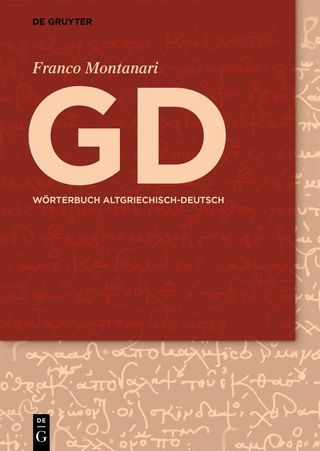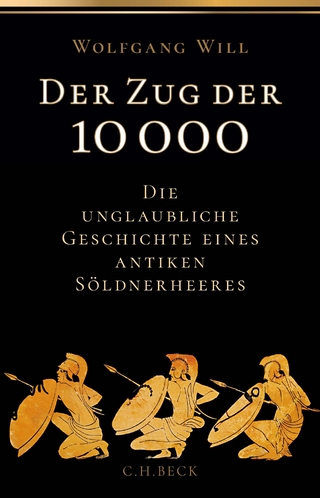
The Nero-Antichrist
Founding and Fashioning a Paradigm
Seiten
2024
Cambridge University Press (Verlag)
978-1-108-79835-8 (ISBN)
Cambridge University Press (Verlag)
978-1-108-79835-8 (ISBN)
Refutes the commonly-held perception that Nero should be understood as the Antichrist figure in the Bible, and argues instead that this paradigm was a product of late antiquity. The paradigm's success facilitated its revival in the nineteenth century against the backdrop of the era's fin-de-siècle anxieties and religious controversies.
It has traditionally been assumed that biblical writers considered Nero to be the Antichrist.. This book refutes that view. Beginning by challenging the assumption that literary representations of Nero as tyrant would have been easily recognisable to those in the eastern Roman empire, where most Christian populations were located, Shushma Malik then deconstructs the associations often identified by scholars between Nero and the Antichrist in the New Testament. Instead, she demonstrates that the Nero-Antichrist paradigm was a product of late antiquity. Using now firmly established traits and themes from classical historiography, late-antique Christians used Nero as a means with which to explore and communicate the nature of the Antichrist. This proved successful, and the paradigm was revived in the nineteenth century in the works of philosophers, theologians, and novelists to inform debates about the era's fin-de-siècle anxieties and religious controversies.
It has traditionally been assumed that biblical writers considered Nero to be the Antichrist.. This book refutes that view. Beginning by challenging the assumption that literary representations of Nero as tyrant would have been easily recognisable to those in the eastern Roman empire, where most Christian populations were located, Shushma Malik then deconstructs the associations often identified by scholars between Nero and the Antichrist in the New Testament. Instead, she demonstrates that the Nero-Antichrist paradigm was a product of late antiquity. Using now firmly established traits and themes from classical historiography, late-antique Christians used Nero as a means with which to explore and communicate the nature of the Antichrist. This proved successful, and the paradigm was revived in the nineteenth century in the works of philosophers, theologians, and novelists to inform debates about the era's fin-de-siècle anxieties and religious controversies.
Shushma Malik is a Lecturer in Classics at the University of Roehampton. She has published book chapters and articles in international journals such as Classical Quarterly. Shushma has also featured as a guest on BBC Radio 3's The Sunday Feature: The Deluxe Edition and BBC Radio 4's In Our Time: Nero.
1. Introduction: Neronian Myths; 2. Nero and the Bible; 3. The Invention of the Nero-Antichrist; 4. Reviving the Nero-Antichrist; 5. Epilogue: The Legacy of Revival; Appendix A. List of Early-Christian References to the Nero-Antichrist; Bibliography; Index.
| Erscheinungsdatum | 30.01.2024 |
|---|---|
| Reihe/Serie | Classics after Antiquity |
| Zusatzinfo | Worked examples or Exercises |
| Verlagsort | Cambridge |
| Sprache | englisch |
| Gewicht | 362 g |
| Themenwelt | Geschichte ► Allgemeine Geschichte ► Altertum / Antike |
| Religion / Theologie ► Christentum ► Bibelausgaben / Bibelkommentare | |
| Geisteswissenschaften ► Sprach- / Literaturwissenschaft ► Anglistik / Amerikanistik | |
| Geisteswissenschaften ► Sprach- / Literaturwissenschaft ► Literaturwissenschaft | |
| ISBN-10 | 1-108-79835-7 / 1108798357 |
| ISBN-13 | 978-1-108-79835-8 / 9781108798358 |
| Zustand | Neuware |
| Haben Sie eine Frage zum Produkt? |
Mehr entdecken
aus dem Bereich
aus dem Bereich
Die unglaubliche Geschichte eines antiken Söldnerheeres
Buch | Hardcover (2022)
C.H.Beck (Verlag)
28,00 €
die Inszenierung der Politik in der römischen Republik
Buch | Hardcover (2023)
C.H.Beck (Verlag)
48,00 €


